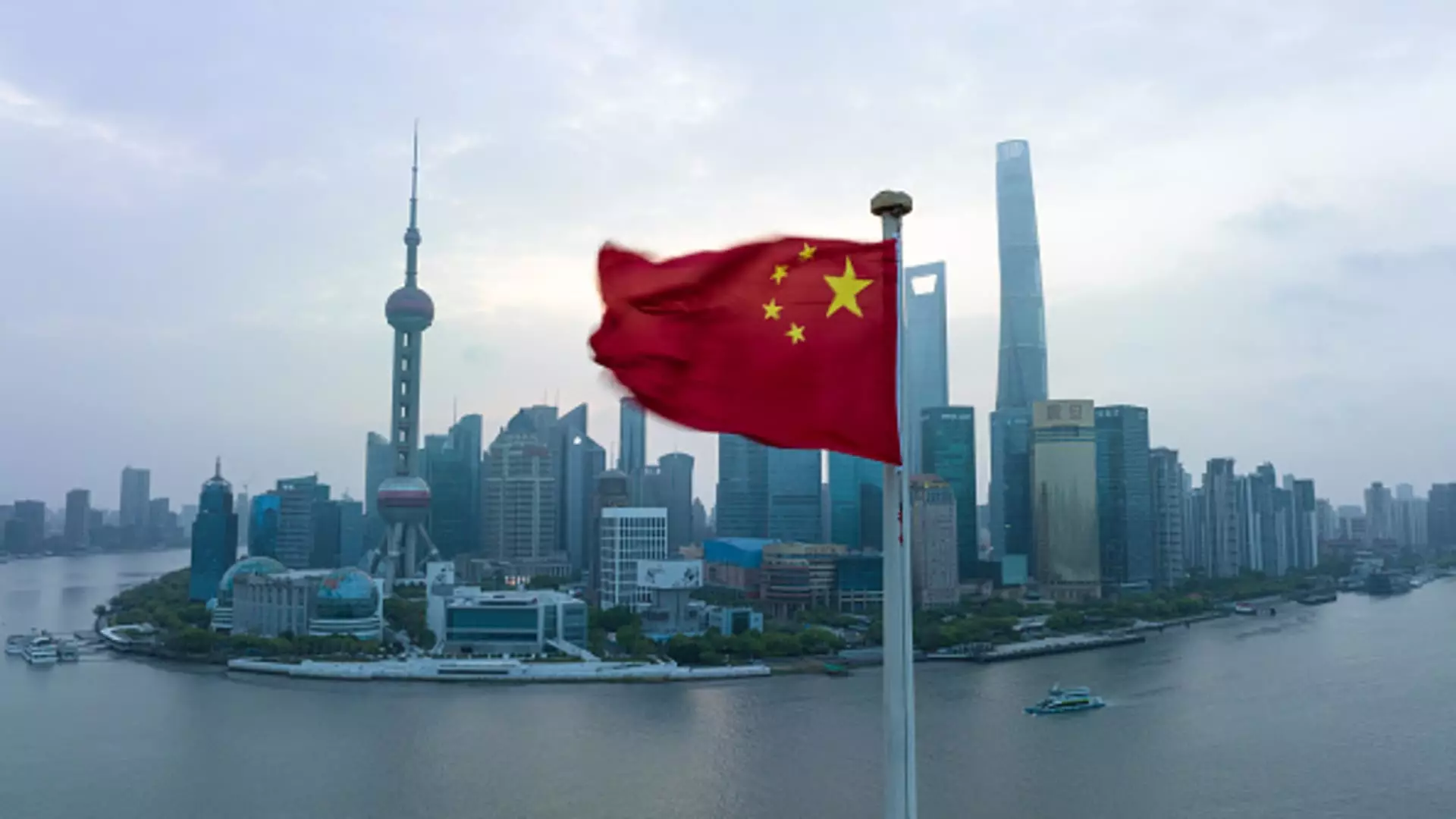Amid an evolving landscape of corporate governance in China, the financial behavior of its listed companies is undergoing a notable transformation. As firms respond to regulatory pressures, many are now prioritizing shareholder returns through unprecedented levels of dividend payouts and stock buybacks. This article delves into the factors driving this trend and what it means for investors in the Chinese market.
Recent reports indicate that Chinese listed corporations dispensed a staggering 2.4 trillion yuan (approximately $328 billion) in dividends last year, as recorded by the China Securities Regulatory Commission (CSRC). This substantial amount highlights a significant pivot in corporate strategy, positioning shareholders as vital recipients of company profits. Furthermore, share buybacks also reached an all-time high of 147.6 billion yuan, underscoring a corporate commitment to enhancing shareholder value.
According to Goldman Sachs, the upward trajectory is expected to continue, with cash distributions potentially peaking at $3.5 trillion this year. The implications of these figures are profound: they reflect a growing acknowledgment by Chinese corporations that shareholder satisfaction is paramount. HSBC’s Herald van der Linde supports this perspective, indicating that companies are now consciously prioritizing shareholder returns due to dwindling bank yield options.
A crucial factor in this transformation is the evolving mindset within Chinese companies. As firms grapple with excess cash reserves and limited investment avenues, returning wealth to shareholders—whether through dividends or buybacks—is becoming increasingly attractive. This pivot represents a significant cultural shift within Chinese corporates, where previous norms often emphasized reinvestment over distribution.
This transformation is not limited to a handful of companies. The CSRC anticipates over 310 businesses will distribute dividends exceeding 340 billion yuan in the upcoming months, showcasing an expansive commitment to shareholder returns. With yield on Chinese stocks climbing to around 3%, companies with high dividend yields have begun to distinguish themselves in comparison to their counterparts across Asia’s emerging markets.
The Chinese government has recognized this trend and is actively encouraging higher shareholder returns through various incentives, including tax breaks. Reforms initiated by the State Council and the CSRC further solidify this policy direction, targeting corporate governance improvements and ensuring compliance with rigorous listing standards. A pivotal component of this reform is the 300 billion yuan relending program launched by the central bank, which facilitates share buybacks by listed companies and major shareholders.
State-Owned Enterprises (SOEs) are leading this charge, with notable players like PetroChina and CNOOC demonstrating significant dividend yields. Jason Hsu of Rayliant Global Advisors notes that SOEs are particularly responsive to government directives, indicating an orchestrated effort toward improving corporate efficiency. However, even private firms are joining the fray; JD.com recently announced a $5 billion buyback, complementing its existing dividend strategy.
Despite the positive shift towards increased payouts, certain challenges remain. China’s dividend payout ratio—standing at 52.58%—still trails behind several regional competitors, highlighting a potential area for growth. While Japanese and South Korean firms boast lower ratios, nations like Australia and Singapore demonstrate significantly higher distributions. This discrepancy illustrates that although there is progress, there is still room for improvement in aligning with the global norm.
The government’s emphasis on cash distributions may uplift short-term investor sentiment; however, it also prompts concerns about capital flight as investors seek returns in overseas markets. As observed by Le Xia of BBVA Research, the increased payouts might contribute to foreign capital outflows, exerting pressure on the Chinese yuan in the process.
The broader sentiment surrounding the Chinese economy and its markets has been problematic, particularly following recent challenges in real estate and equities. With limited investment avenues galvanizing citizens to turn to gold and other safer assets, the appeal of high dividends offers a compelling reason to re-engage with the stock market. As Shaun Rein of the China Market Research Group posits, dividends may serve as an antidote to the prevailing pessimism, providing investors with a sense of compensation amid uncertainty.
Ultimately, as Bhaskar Laxminarayan of Julius Baer articulates, the rising trend of dividend distributions serves to reward investors for their patience. As they await a potential market rebound, these dividends provide a tangible return on investment, potentially driving renewed interest in Chinese stocks. The ecosystem of dividends, therefore, not only bolsters investor sentiment but creates a viable pathway for transforming the Chinese corporate landscape.
While China’s push for higher corporate payouts signals important shifts in governance and investor relations, ongoing challenges around payout ratios and market sentiment remain areas that warrant close attention for investors navigating this evolving environment.


Leave a Reply